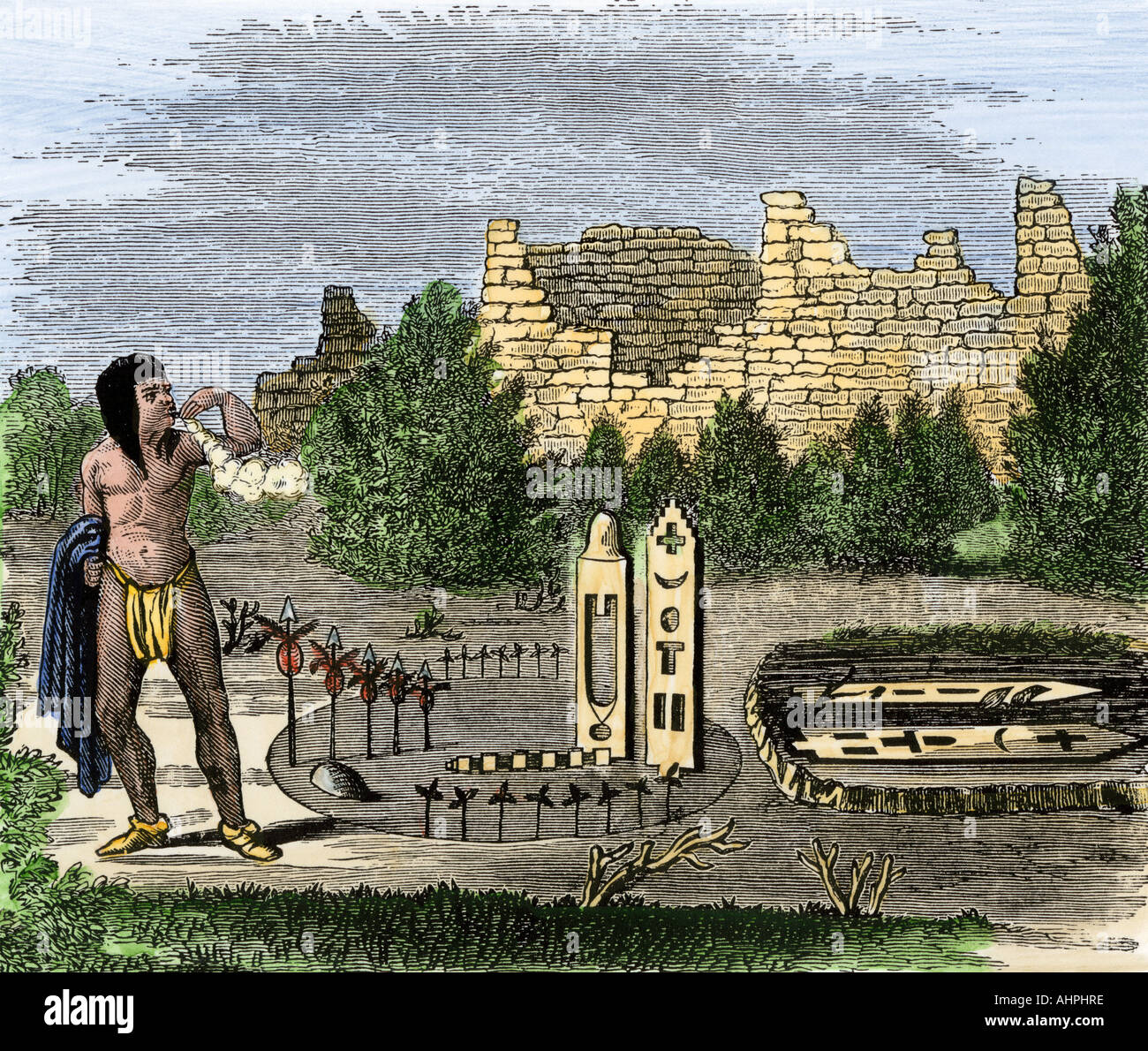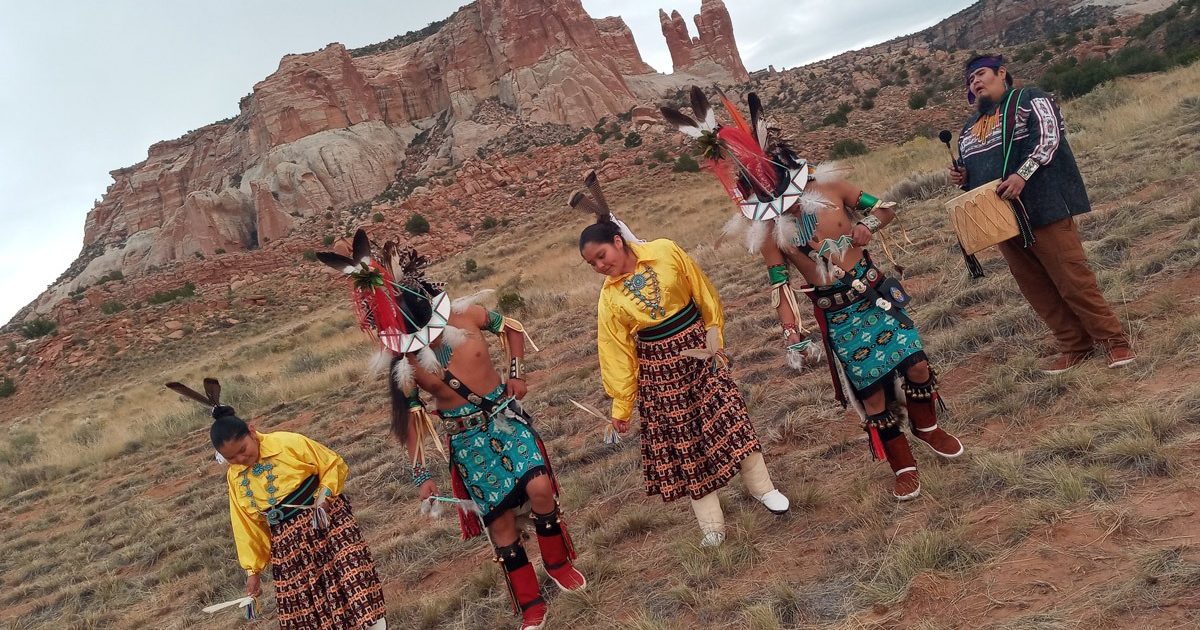
Echoes of the Ancients: The Enduring Spiritual Heart of Zuni Pueblo
Nestled amidst the high desert plateaus of western New Mexico, the Zuni Pueblo is more than just a cluster of ancient stone and adobe homes. It is a living testament to a civilization whose spiritual practices, interwoven with every aspect of daily life, have endured for millennia. For the A’shiwi, as the Zuni people call themselves, spirituality is not a separate compartment of existence; it is the very fabric of their being, a continuous conversation with the land, the ancestors, and the cosmos.
This profound connection, deeply rooted in a rich oral tradition and an intricate ceremonial calendar, offers a unique window into a worldview centered on balance, reciprocity, and an unwavering respect for all living things. In an increasingly globalized world, the Zuni maintain their spiritual sovereignty with a quiet dignity, safeguarding practices that are as ancient as the rocks of their sacred landscape.

Dowa Yalanne: The Sacred Heart
Central to Zuni spiritual life is Dowa Yalanne, or Corn Mountain. Rising majestically to the southeast of the main pueblo, this flat-topped mesa is not merely a geological feature; it is the sacred heart of the Zuni universe, a place of refuge, prayer, and profound spiritual connection. Legend holds that during a great flood, the Zuni people sought refuge atop Dowa Yalanne, emerging to rebuild their world. This foundational myth reinforces the mountain’s role as a symbol of survival, resilience, and the enduring bond between the people and their ancestral lands.
Pilgrimages to Dowa Yalanne are integral to many Zuni ceremonies, with offerings and prayers left in designated shrines. It is a place where the physical and spiritual worlds seamlessly merge, a tangible link to the ancestors and the life-giving forces of the earth. The very act of living in its shadow is a constant reminder of their spiritual heritage and responsibilities.
A World of Interconnectedness: The Zuni Worldview
The Zuni worldview is characterized by a deep understanding of interconnectedness. Everything – the sun, moon, stars, mountains, rivers, animals, plants, and humans – is imbued with a spirit and plays a vital role in maintaining cosmic harmony. This perspective fosters a profound sense of respect and responsibility. As one Zuni elder once conveyed, "We are all related. The rocks, the trees, the animals – they are our relatives. We must treat them with respect, for our well-being depends on theirs."
This philosophy of reciprocity, or k’oliwi, dictates that humans must give back to the earth and the spiritual realm in exchange for the blessings received. This is manifested through offerings, prayers, ceremonies, and a careful stewardship of resources. The Zuni believe that the health of the community, the success of their crops, and the general well-being of the world depend on maintaining this delicate balance.
The Kokko: Messengers from the Other World
Perhaps the most visually striking aspect of Zuni spirituality for outsiders are the Kokko, or Kachinas. These are not idols, but rather benevolent ancestral spirits who reside in the sacred lakes and mountains, particularly at a mythical lake to the west. They are believed to visit the pueblo at specific times of the year, bringing rain, blessings, and messages from the spirit world.

During elaborate public ceremonies held in the plazas, masked Zuni men embody these spirits, becoming living conduits between the human and spiritual realms. Each Kokko has a distinct appearance, song, and dance, representing different forces of nature, animals, or ancestral beings. The preparation for these dances is meticulous, involving weeks of fasting, prayer, and the creation of intricate costumes and masks, all undertaken with immense reverence.
The Kokko dances are not performances for entertainment; they are profound acts of prayer and communion. Through their movements, songs, and the very presence of the masked dancers, the Zuni seek to honor the spirits, reinforce communal bonds, and ensure the continuity of life. Children are taught from a young age to respect the Kokko and understand their vital role in the Zuni universe.
The Rhythmic Pulse: Ceremonial Calendar
Zuni life moves to the rhythm of a meticulous ceremonial calendar, dictated by the seasons, the agricultural cycle, and the movements of celestial bodies. The year is punctuated by a series of ceremonies, each with its specific purpose and rituals, many of which are held in the kivas – sacred underground or semi-underground chambers that serve as ceremonial centers.
The most elaborate and publicly renowned of these ceremonies is Shalako, typically held in late November or early December, marking the Winter Solstice and the beginning of a new ceremonial year. Shalako is a spectacular event, drawing thousands of visitors, though its core remains deeply sacred and private. It involves the dedication of new homes, elaborate feasting, and the all-night dances of the Shalako Kokko – towering figures up to ten feet tall, with bird-like heads, representing messengers of the rain gods.
The purpose of Shalako is multifaceted: to bring blessings for new homes, to renew the world, to honor the ancestors, and to ensure the return of life-giving moisture. The sheer scale and complexity of Shalako underscore the depth of Zuni spiritual commitment and their organizational prowess in maintaining such an intricate tradition.
Sacred Objects: Fetishes and Offerings
Beyond the grand ceremonies, Zuni spiritual practice is also deeply personal, involving the use of sacred objects and daily acts of devotion. Zuni fetishes, often carved from stone, shell, or antler, are not mere carvings but are believed to embody the spirit of the animal they represent. Animals like bears, wolves, badgers, mountain lions, and eagles are revered for their specific strengths and attributes. A bear fetish, for instance, might be used for healing, while a wolf fetish might offer protection. These fetishes are cared for with reverence, often fed cornmeal and adorned with turquoise and shell.
Offerings are another ubiquitous aspect of Zuni spirituality. Cornmeal, a staple of their diet and a symbol of life, is frequently offered to the earth, the water, and the shrines as an act of gratitude and prayer. Turquoise and shell, precious materials for the Zuni, are also offered, symbolizing a valuable exchange with the spiritual realm.
The Power of Language and Oral Tradition
The Zuni language itself, a linguistic isolate with no known relatives, is a testament to their distinct worldview, shaping their perception of the cosmos and their place within it. It is a language rich in nuance and specific terminology that perfectly articulates their spiritual concepts, making it integral to the preservation of their traditions.
Oral tradition is the primary vehicle for transmitting spiritual knowledge, history, and moral lessons from one generation to the next. Stories of creation, the adventures of culture heroes, and the wisdom of the ancestors are passed down around the hearth, during communal gatherings, and within the context of specific ceremonies. This living library of narratives ensures that the spiritual fire continues to burn brightly, adapting while remaining fundamentally true to its ancient roots.
Guardians of Tradition: Secrecy and Resilience
For centuries, the Zuni have fiercely protected the sanctity of their spiritual practices. Many rituals and beliefs remain private, known only to initiates of specific religious societies. This secrecy is not meant to exclude, but to safeguard the power and integrity of the practices from misunderstanding, appropriation, or desecration. It is a vital mechanism for cultural survival in the face of external pressures.
Despite centuries of colonization, missionary efforts, and the relentless march of modernity, Zuni spiritual practices have shown remarkable resilience. The Pueblo has maintained a strong sense of cultural identity and continuity, largely due to the unwavering commitment of its religious leaders and the community as a whole. Efforts like the repatriation of sacred objects from museums (under the Native American Graves Protection and Repatriation Act, NAGPRA) are critical steps in reclaiming their heritage and ensuring the proper care of their spiritual patrimony.
In recent decades, the Zuni have also embraced a strategic engagement with the outside world, sharing aspects of their culture while carefully guarding the sacred core. This engagement is often driven by a desire to educate, to correct misconceptions, and to advocate for the protection of their land and traditions.
A Living Legacy
The spiritual practices of the Zuni Pueblo are not relics of the past; they are a vibrant, living force that continues to shape the lives of the A’shiwi today. From the daily act of offering cornmeal to the awe-inspiring spectacle of Shalako, their spirituality is a continuous affirmation of their identity, their connection to the land, and their place in the universe.
In a world grappling with environmental degradation and a disconnection from nature, the Zuni worldview offers profound lessons in harmony, reciprocity, and sustainable living. Their enduring spiritual heart beats strong, a beacon of ancient wisdom in a rapidly changing world, reminding us of the timeless human need for meaning, connection, and reverence. The Zuni Pueblo stands not just as a historical site, but as a living monument to the power of faith and the unbreakable spirit of a people dedicated to walking in balance.


